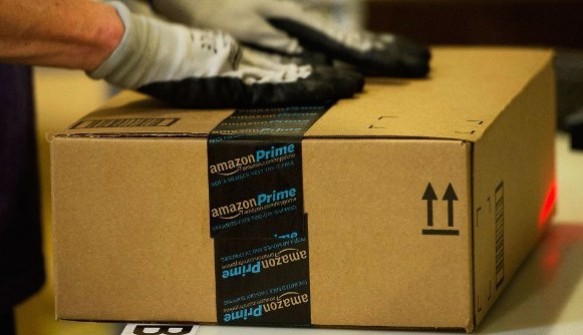IS ONLINE SHOPPING BAD FOR THE PLANET?

For those who, ailment like this author, health loathe shopping, healing Amazon Prime is a major life-editor. It allows us to get the majority of non-perishable items sent to our houses in a day or two (and yes, Amazon Fresh and Fresh Direct can do the perishable stuff). It saves massive amounts of time, hassle and often money. But even though I love the convenience, I often wonder how online shopping compares in terms of carbon footprint to conventional, brick-and-mortar shopping? The extra packaging, the idling, diesel-gulping delivery truck–it can seem like my need to get a two-pack of pacifiers is trumping my stewardship of the planet. But is it?
A couple years ago, a paper written by MIT’s Center for Transportation & Logistics attempted to answer this question. Their study used three purchase scenarios: a laptop with lots of packaging and low return rates, a Barbie doll with medium packaging and medium return rate and a t-shirt with little packaging and high return rate. According to the Environmental Defense Fund, who wrote about the paper’s findings, the study “took into account the environmental impact of packaging, transportation and energy consumption associated with the different stages of the retail process, whether warehouse, sorting and collecting centers, retail store, computer use or data center.”
What they concluded is that people who conducted every phase of a transaction online–i.e. they didn’t snoop out the product at a local store before purchasing online–created half the carbon footprint of a brick-and-mortar purchaser.
The reasons were fairly obvious. While delivery vehicles are easy targets for the pollution the generate, they’re far more efficient than the alternative: every recipient of a package traveling by his or her self to a store to pick up that package in a car. Delivery drivers also optimize their routes for time and fuel savings–not something you and I think about very hard most likely. Apparently, these efficiencies trump the extra packaging.
There are some caveats to this formula. Proximity to a store and mode of transportation used to get to store matters. Walking down the street to buy some wood-screws will probably be more efficient than getting them sent from a warehouse and being packaged in such a way to make it fit for delivery.
The other thing the paper didn’t address is how the convenience of online shopping affects our purchase volume? We might have half the carbon footprint, but if we’re shopping twice as much, we might be canceling out any gains.
All that said, assuming we’re not buying a ton of crap we don’t need and the things we want aren’t available in walking/biking/public-transport distance, the chances are our online purchase will the greener choice.







Follow Us!